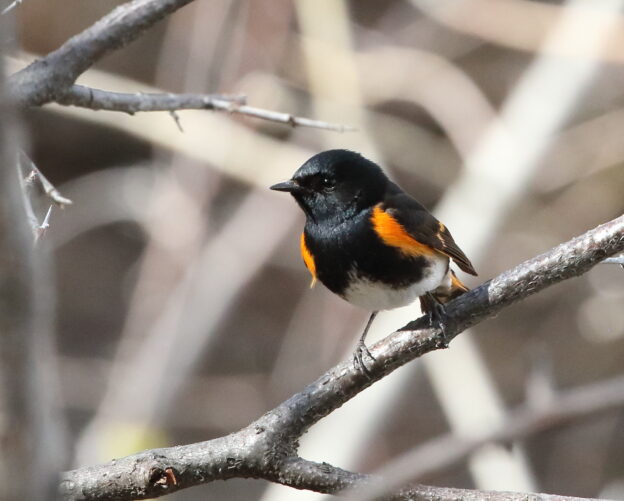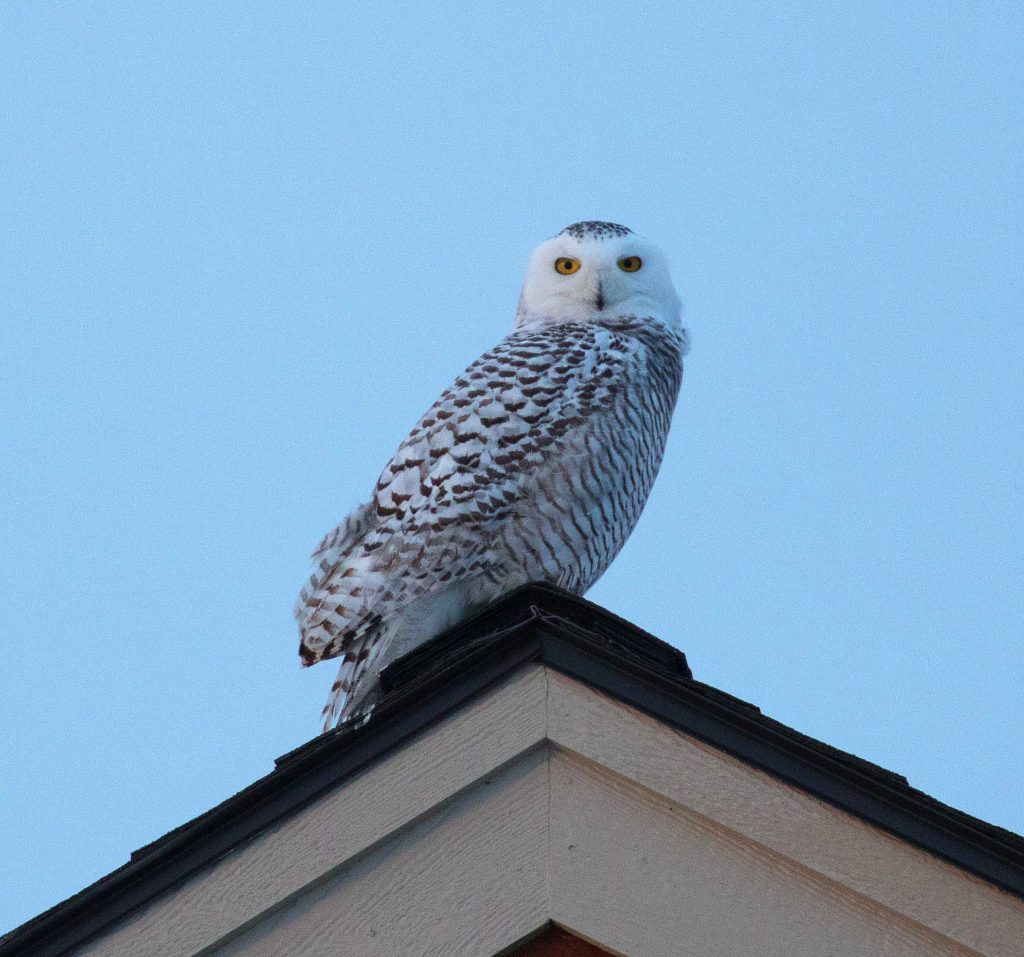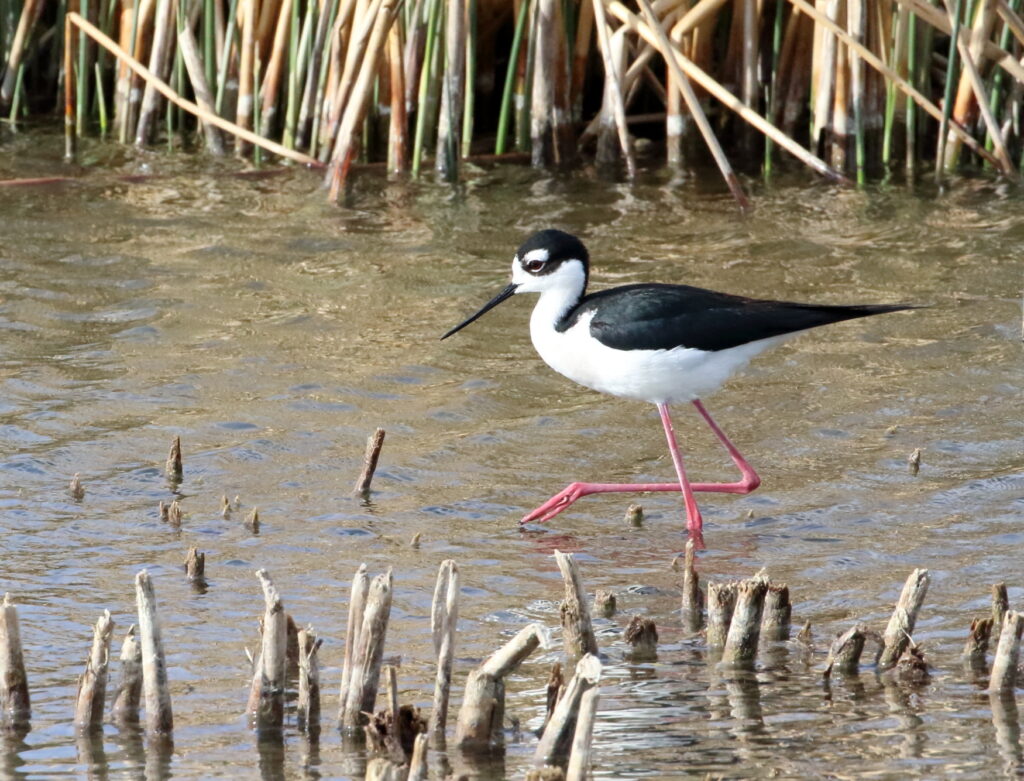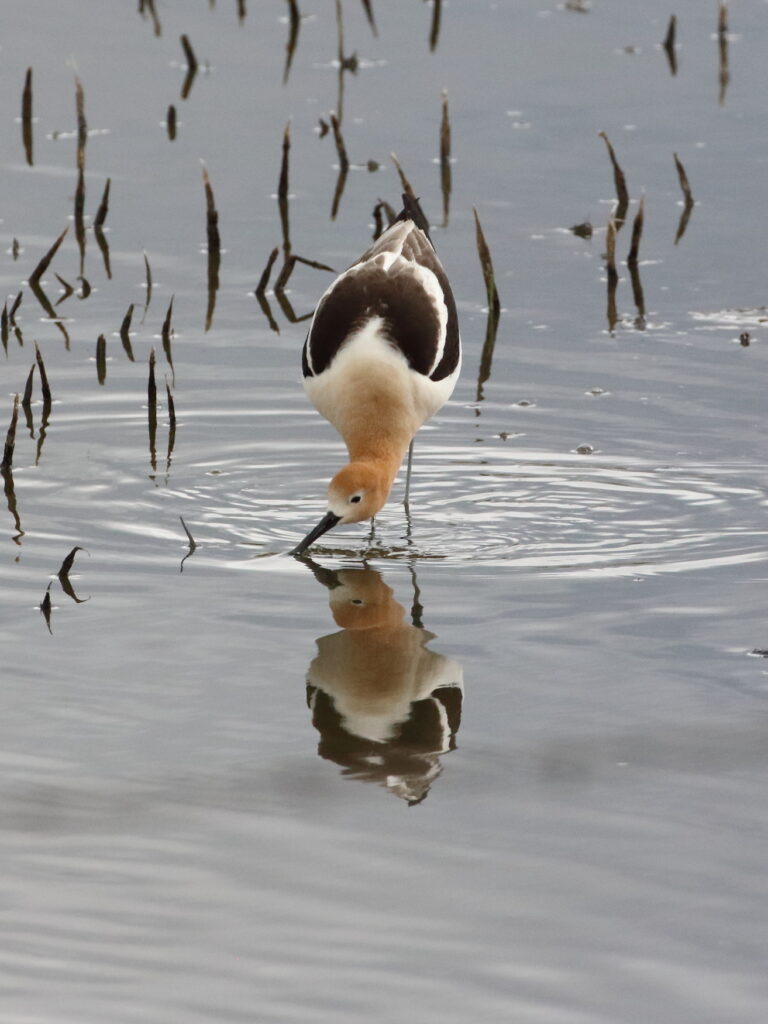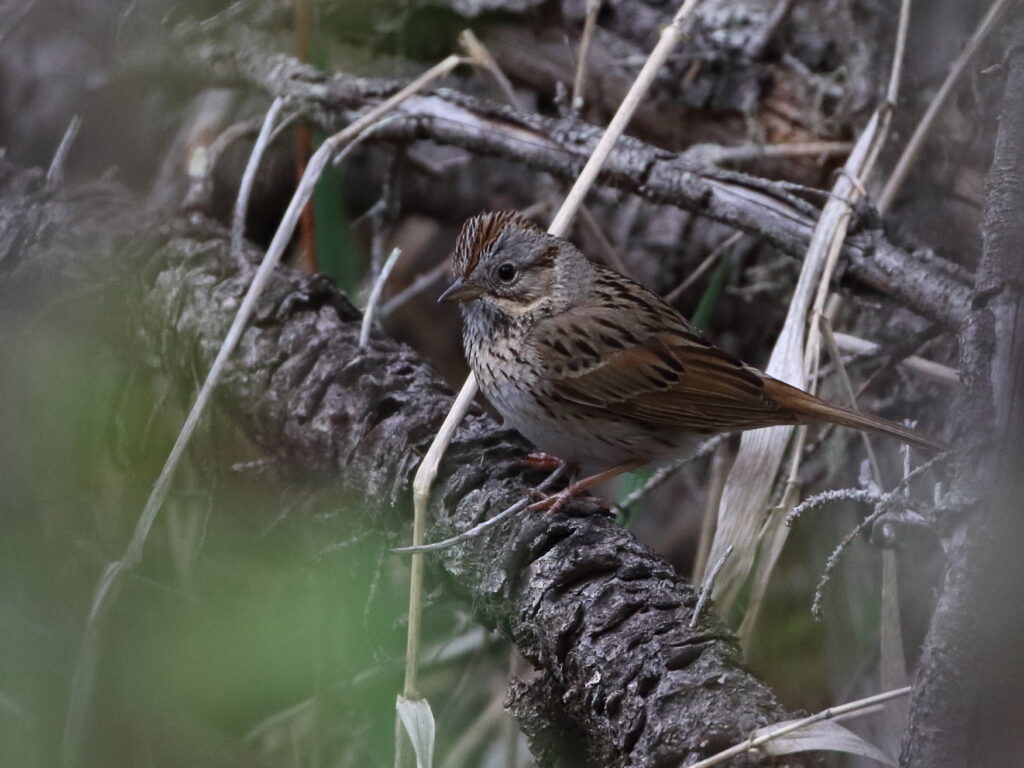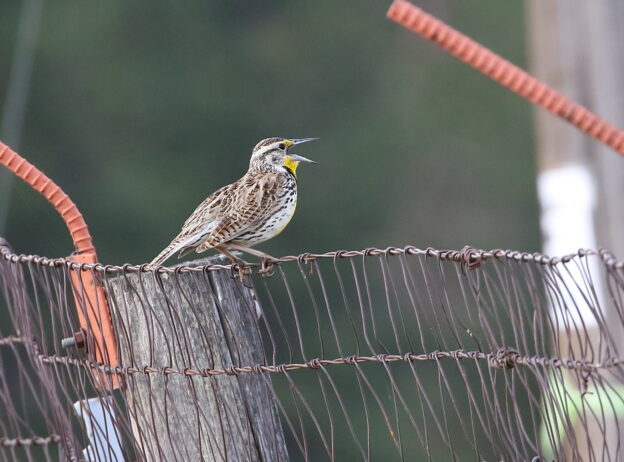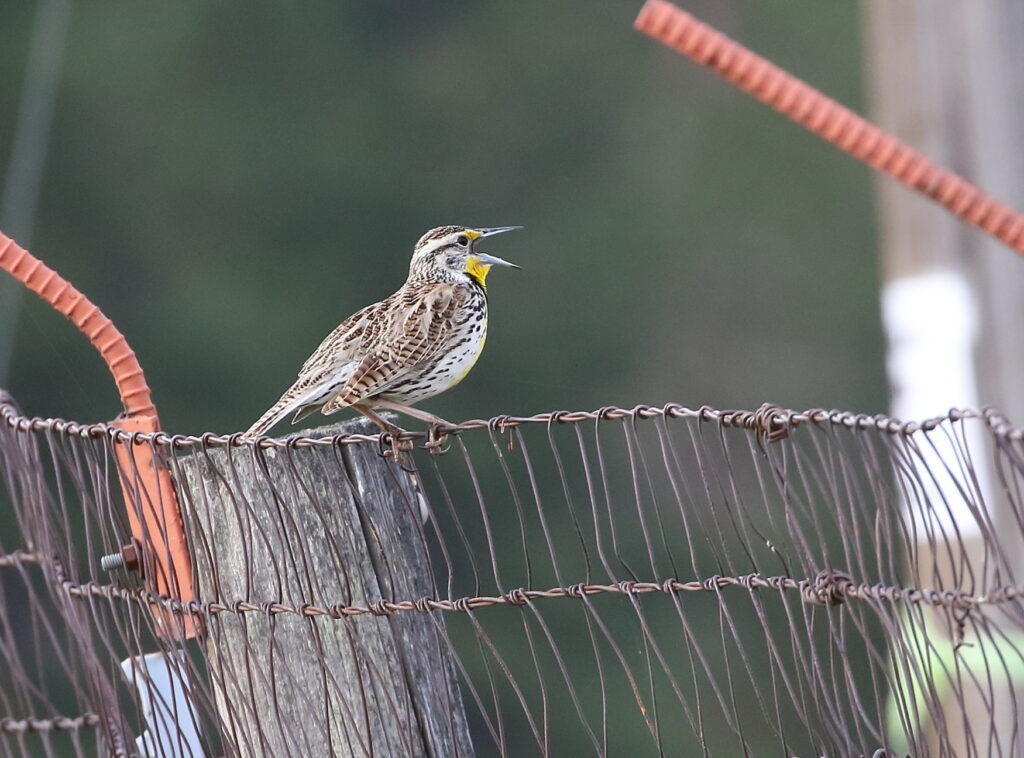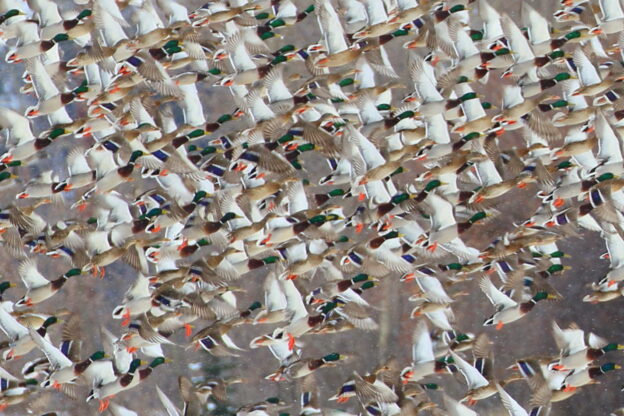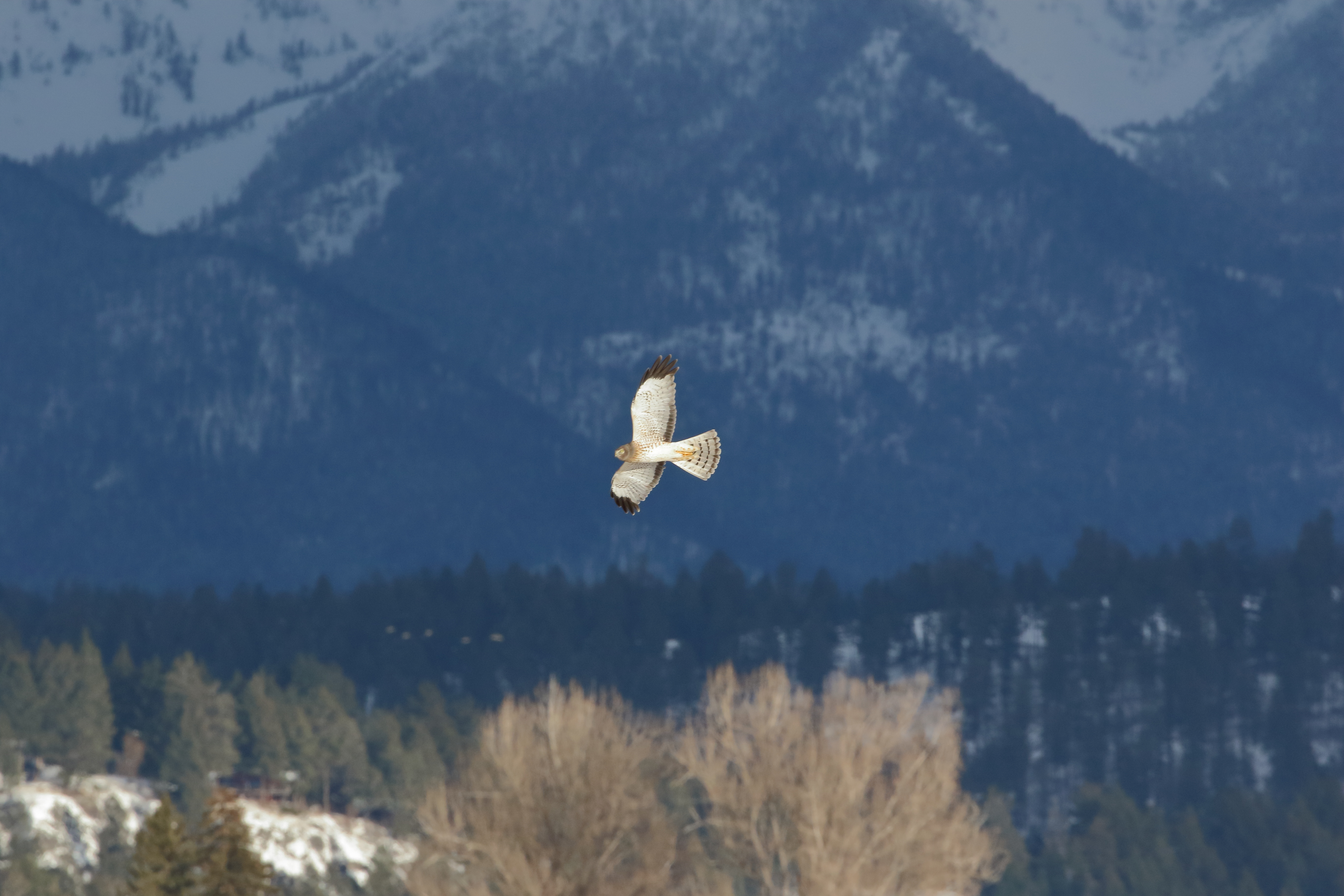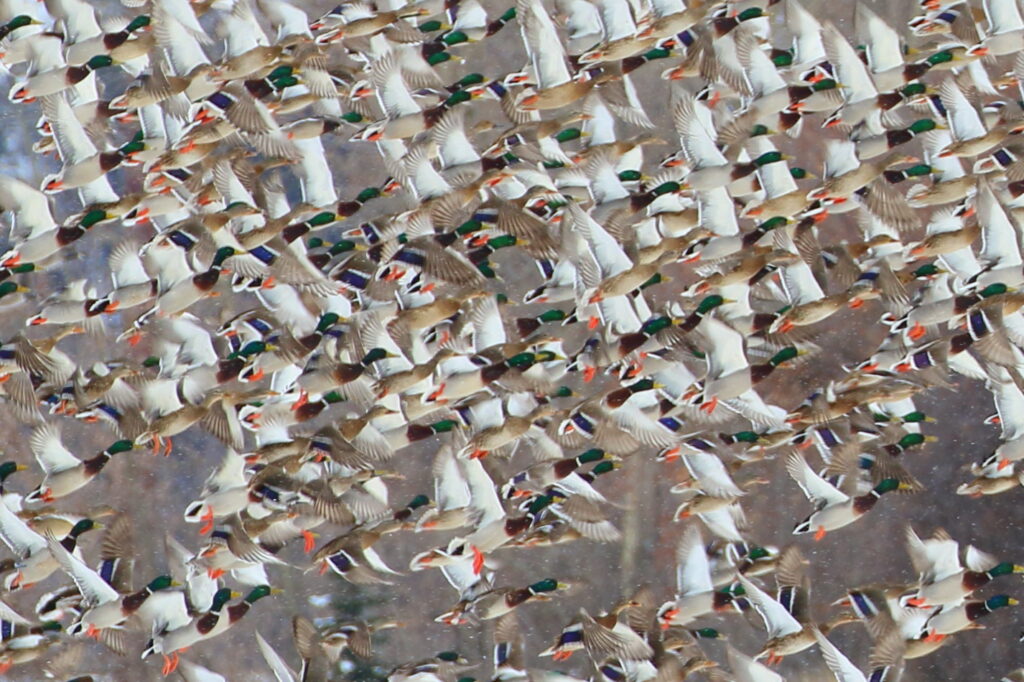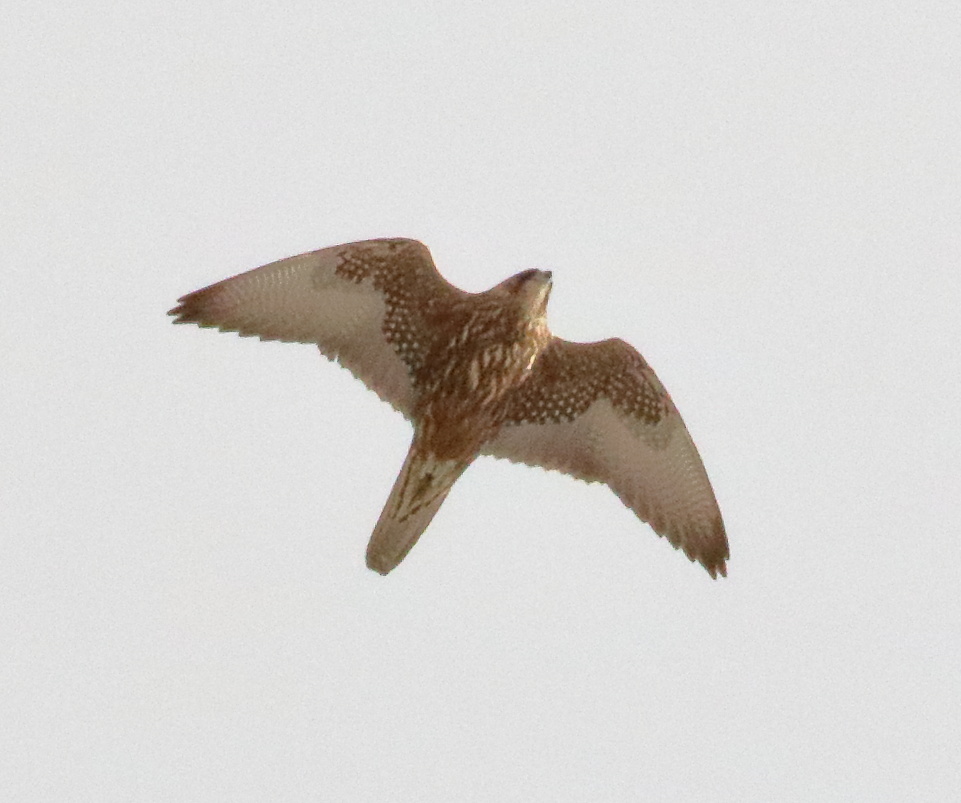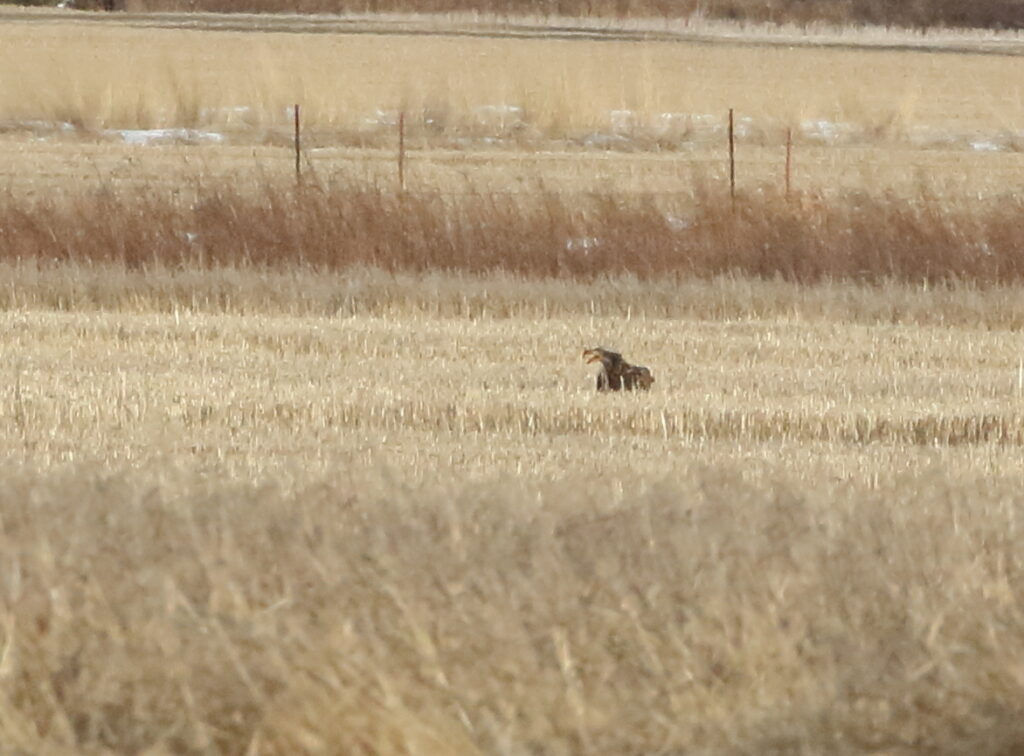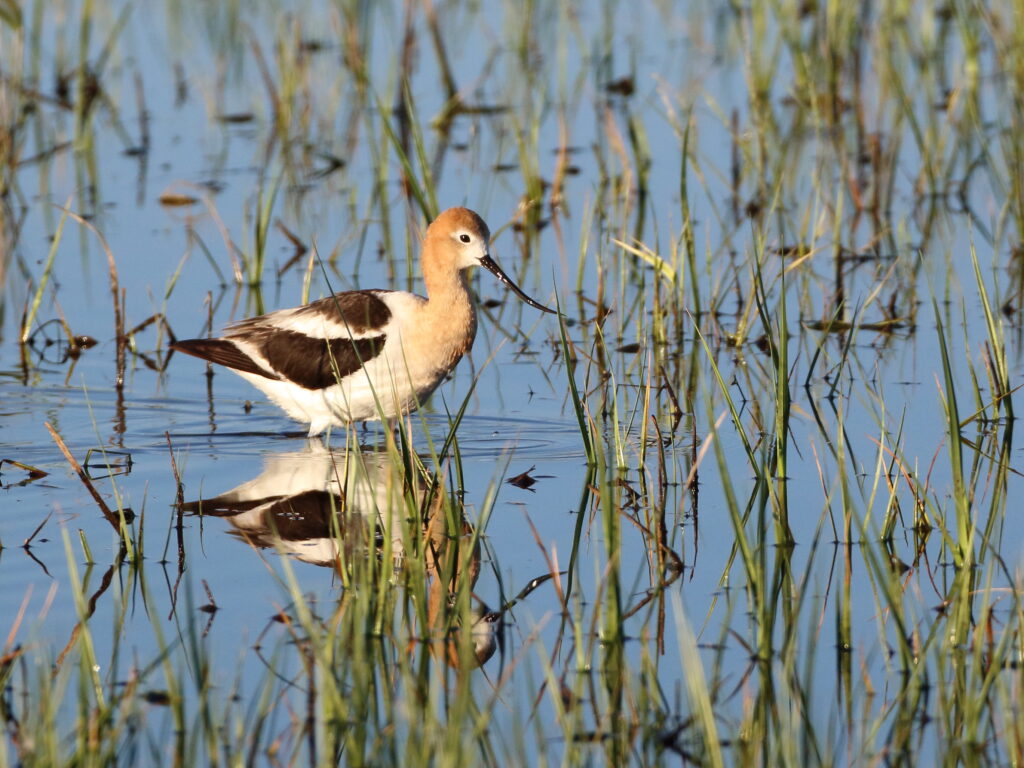(by Braden) By the time our posse of eleven reached Logan Pass at 6 in the morning, the parking lot was already full, though that did not hamper the views. Nick Ramsey and I rushed over to the bathrooms, admiring a view we had not experienced for years (despite having been to the lower-altitude parts of Glacier Park every year since 2017) and nabbing Cassin’s Finch and White-crowned Sparrow, then hopped back into Joshua Wade Covill’s car and headed for the Piegan Pass trailhead.
Nick and I had arrived at Josh’s house in Columbia Falls late the night before after a helping of early-summer shorebirds south of Kalispell and were greeted by not only Josh, one of Montana’s birding mammoths, but also by an assortment of the country’s top birders: Tom Forwood Jr., a southern Montana-based birder well-known for the Big Day records he had set across Montana (some of which had been with Josh) and working at Lewis and Clark Caverns State Park; Marky Mutchler, a recent graduate of Louisiana State University who had been the ABA young birder of the year a few years back and whose six-out-of-five star photos decorated every part of eBird’s website; four field techs currently studying nesting birds like Lazuli Buntings and Spotted Towhees on MPG Ranch, and two more birders, who along with Marky, currently spent their time researching grassland birds like Long-billed Curlews and Sprague’s Pipits out on the American Prairie Reserve. Several of the people I had already met through Facebook, while I was excited to meet others for the first time. I knew I was in the presence of greatness the minute I stepped out of the mini-van and onto Josh’s lawn, where I pitched my tent.
We were all here for one reason: to see Glacier National Park and its birds under the guidance of Josh, who knew the park like a Black Swift knows the underside of a waterfall, and who had, in fact, just started a Glacier-based guiding company! While several of us had been here before, others (including many of the field techs) had never seen this part of the country before, and we were prepared to assist in blowing their minds.
We woke up on Saturday morning at 5, getting into the park before the ticket period started, and were up and over Logan Pass by 6. A MacGillivray’s Warbler sang downslope of us as we bug-sprayed up in the Piegan Pass trail parking lot, and then set off into the forest of Engelmann Spruce and Subalpine Fir. Almost immediately Josh halted the group to point out several White-winged Crossbills singing from treetops, their complex trills a new sound for me. This habitat made much more sense than the cemetery in which I’d gotten my lifers earlier in the year.

In a clearing several miles up the trail Josh called in a Varied Thrush for the photographers of the group (several people including Marky, had brought giant lenses) and a pair of Pine Grosbeaks, not wanting to be left out, had decided to forage in the grass and shrubs at eye-level about ten feet from us.
As we hiked, I learned about the individual research projects that each of the field techs were looking at on the APR, which included Long-billed Curlew migration patterns and parasitism on grassland birds by Brown-headed Cowbirds. We talked about top birding spots everywhere from New Mexico to Missouri and exchanged stories about how everyone had gotten into birds. It was particularly fun visiting with Tom and Josh, as they seemingly had an answer to everything I wondered about along the trail. Tom didn’t just know the birds—he identified every flower and butterfly we came across, and he and Josh pointed out the glaciers and peaks around us as we rose in altitude, many of which they had individually hiked to. They also had a wealth of knowledge of birding Latin America, specifically Costa Rica, something I was incredibly interested in.
After about three miles we rose above the stunted forest marking the end of the subalpine zone and were hiking along scree fields and across lingering snow patches. A Golden Eagle soaring high above welcomed us to the alpine zone as pikas mewed at us from their rocky burrows, and the bird community changed abruptly. Rather than crossbills and grosbeaks, Gray-crowned Rosy-finches filled the finch role up here, and all of us were shocked to encounter a Brewer’s Sparrow belting out a song from a patch of young trees! A rare subspecies of Brewer’s Sparrow, known as the Timberline Sparrow, lived above the tree line in Glacier Park and in mountain ranges farther north, a rather strange change from the normal sagebrush habitat the species used elsewhere in its range. No one in the group had ever seen one before, including Tom and Josh, which meant that everyone had gotten at least one new bird out of the hike!
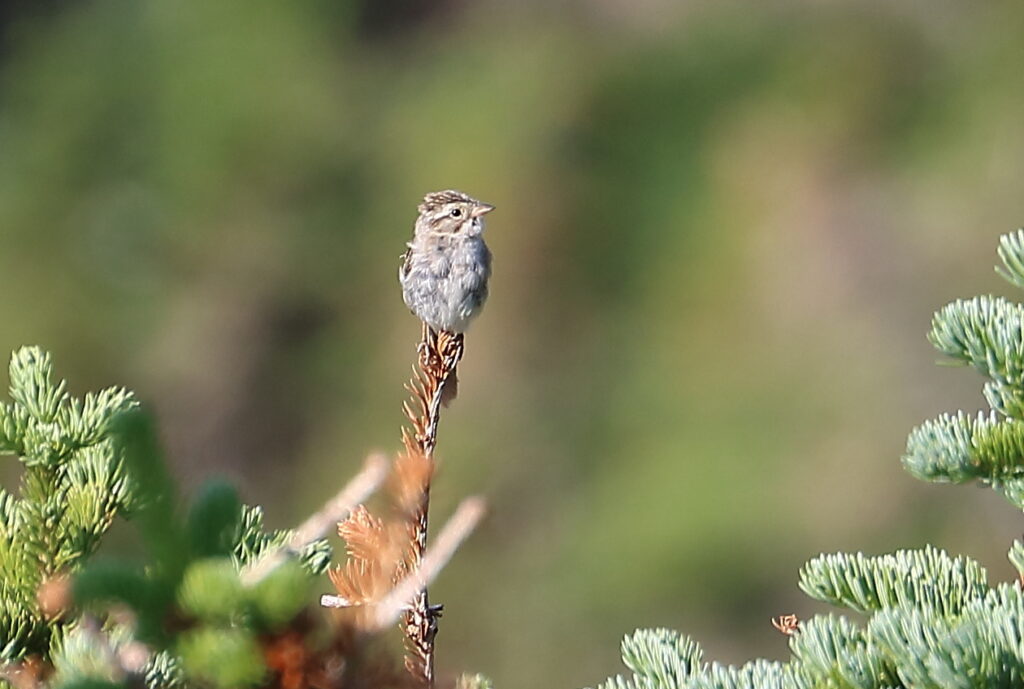
Speaking of new birds, I was here for my Montana life bird #299: White-tailed Ptarmigan. These cryptic, high-altitude game birds only lived in the northwest part of the state, and only in Glacier were they easily-accessible. As we reached Piegan Pass, Josh pointed out a large snowfield. We would be walking around the base of the field after a quick lunch, as it was perfect ptarmigan habitat: it turns out that most alpine habitat was unsuitable for ptarmigan. These picky birds require access to water, shade (i.e. low cliffs) to hide from the sun, and vegetation (i.e. moss) for food. If a site does not have one of these three things, it’s unlikely to contain ptarmigan.
After a lunch full of various mammals from Least Chipmunks to Hoary Marmots trying to steal our food, we set off in a large search line to try to find ptarmigan as an American Pipit displayed in the air high above us, an activity shared with the Sprague’s Pipits my dad and I had found earlier this year. After about fifteen minutes, Skyler Bol, one of the MPG Ranch field techs, yelled, “Got one!”. We all maneuvered across the rocks over to where he stood, and sure enough, there sat a surprisingly small game bird, half-white and half-brown, curiously staring up at us.
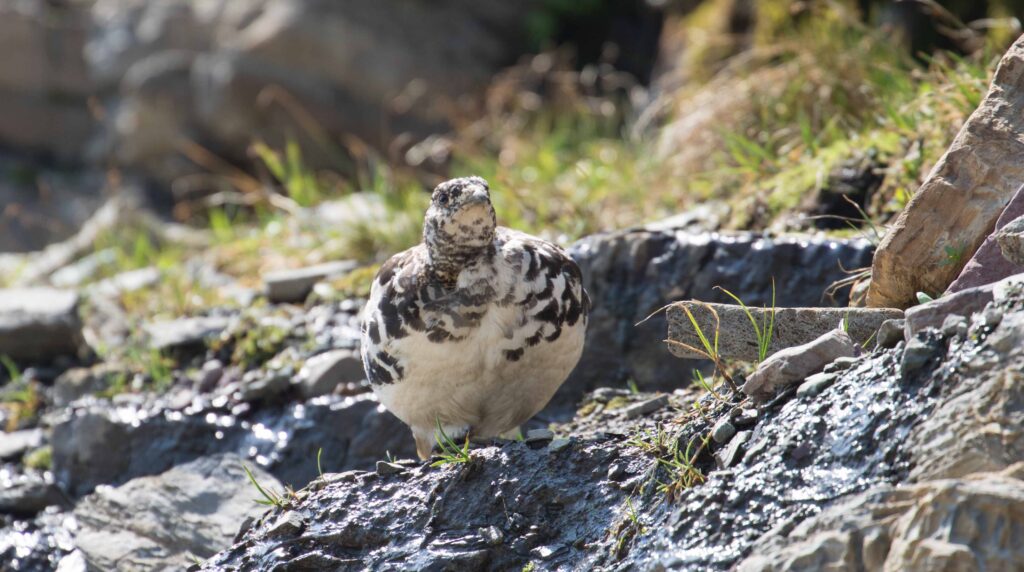
Everyone whipped out their cameras and settled around the fairly unconcerned bird, and soon Skyler spotted another one sitting on a small waterfall nearby! We basked in the ptarmigan glory for at least an hour, then wished the small birds good luck and cold temperatures, and headed back down the trail.
Once we were firmly in the subalpine forest again, we began stopping periodically and playing for Boreal Chickadee. It was great habitat for them, and several members of the group had never seen them before. You might call it “pushing our luck”, but hey, it worked! About two miles from the parking lot after hearing a Mountain Chickadee and several Canada Jays impersonating Yellow-throated Toucans, Josh decided to play for them and a pair of Boreal Chickadees showed up! I had not expected to see them again this year after nabbing my lifer in May and it was great to watch them from a distance as other people took photos of their very first of these boreal birds.
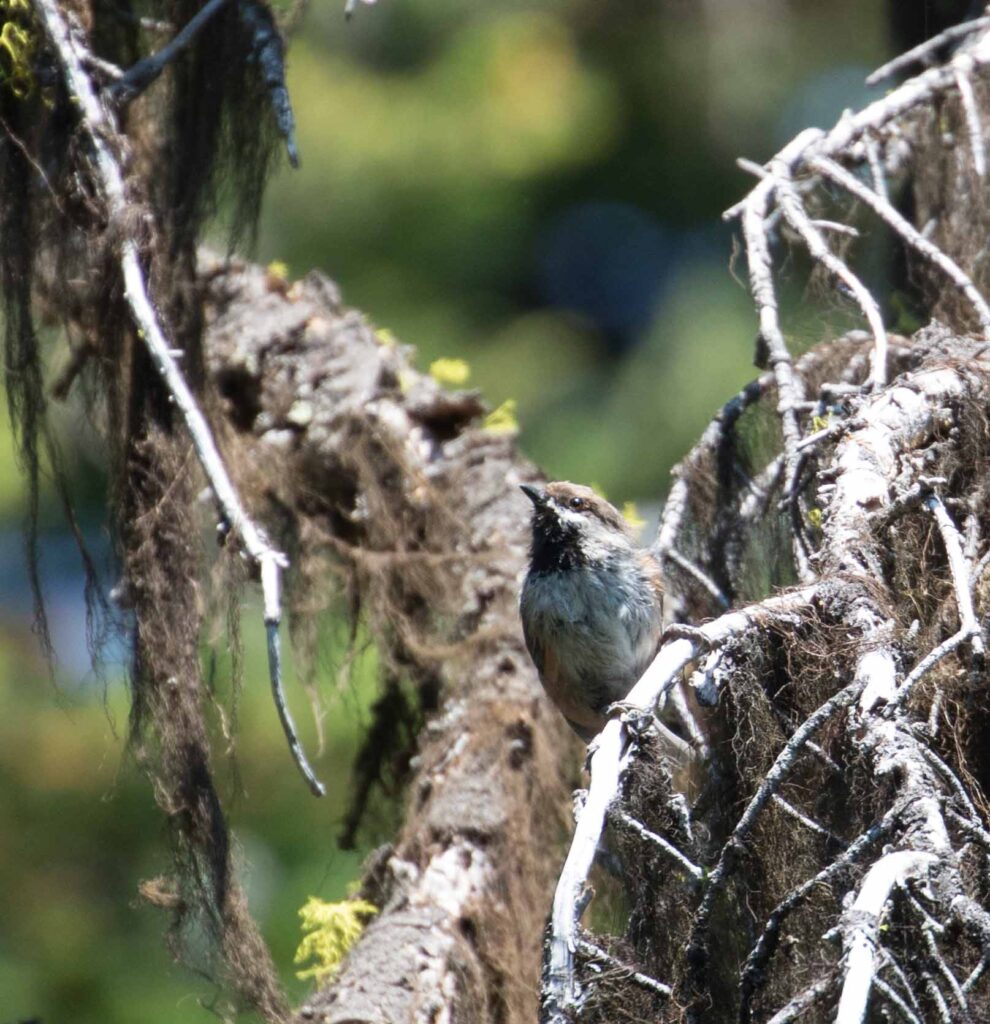
After spying a trio of Golden Eagles again at the parking lot, we headed back to Josh’s house, stopping briefly for a Chestnut-backed Chickadee (there would be several QUACHs completed today) at Avalanche Campground. I had to head home but many of the others stayed another day, and I would soon hear stories of Black Swift, Spruce Grouse and American Three-toed Woodpecker.
As we left the Piegan Pass trailhead, Josh mentioned that he thought it had been his best day of birding in the park, and I would have to agree. And not just because of the great and cooperative birds we saw—because of the people. I had learned so much from everyone as we hiked, and had really gotten to experience what the community I would soon be immersed in would be like. Everyone was so knowledgeable, yet humble and kind, and I was honored to be a part of the first annual “Camp Montana”, even if it was only for a day.
However, seeing the ptarmigan was also a bit sad—who knew how long these alpine birds would be here? With temperatures already breaking record highs within the park, the birds living at the tops of mountains barely had anywhere to go, and snow was disappearing fast. I am very fortunate that I got to experience the birds while they are still here, and hope that somehow, they can adapt to whatever climate change throws at them.

Another problem was posed by seeing the ptarmigan: What will my 300th Montana bird be? Now that I’d nabbed #299, I had no choice but to get to 300, but my options were few and far between, and my days in the state are running out…stay tuned to see what it will be! (I don’t have it yet).


